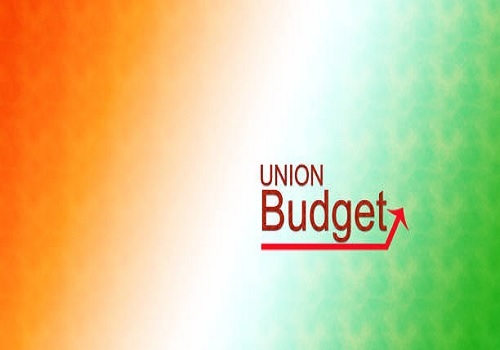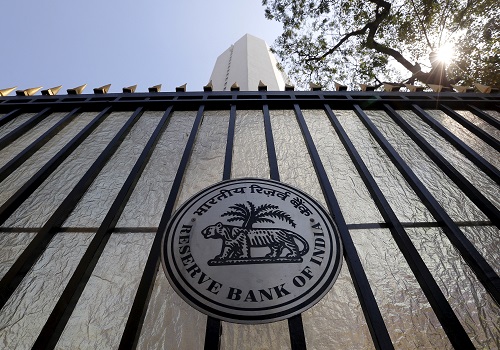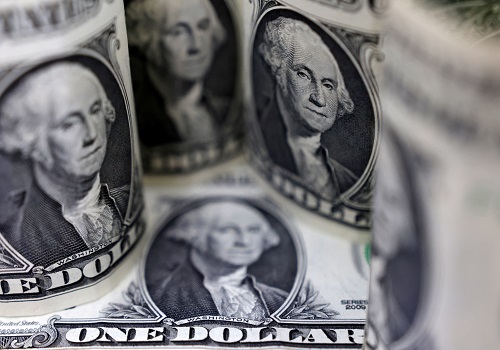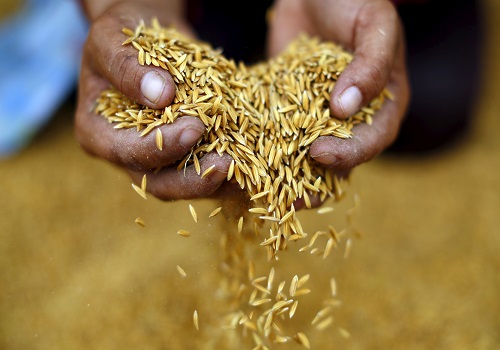Oil rises on Saudi Arabia plan to deepen output cuts from July
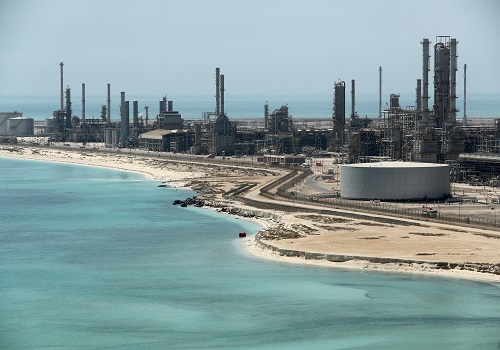
Oil prices rose by more than $1 a barrel on Monday after top crude exporter Saudi Arabia pledged to cut production by a further 1 million barrels per day (bpd) from July to counter macroeconomic headwinds that have depressed markets.
Brent crude futures were up $1.81, or 2.4%, at $77.94 a barrel by 1114 GMT after touching a session high of $78.73.
U.S. West Texas Intermediate crude climbed by $1.84, or 2.6%, to $73.58 after hitting an intraday high of $75.06.
Both contracts extended gains of more than 2% on Friday after the Saudi energy ministry said the kingdom's output would drop to 9 million bpd in July from about 10 million bpd in May. The cut is Saudi Arabia's biggest in years.
The voluntary cut is on top of a broader deal by the Organization of the Petroleum Exporting Countries (OPEC) and allies including Russia to limit supply into 2024 as the OPEC+ producer group seeks to boost flagging oil prices.
OPEC+ pumps about 40% of the world's crude and has cut its output target by a total of 3.66 million bpd, amounting to 3.6% of global demand.
"Saudi remains keener than most other members in terms of ensuring oil prices above $80 per barrel, which is essential for balancing its own fiscal budget for the year," said Suvro Sarkar, leader of the energy sector team at DBS Bank.
SEB analyst Bjarne Schieldrop said the market reaction on Monday was relatively muted after the previous cut by OPEC+ failed to prop up prices for long.
"The oil price is ticking carefully upwards today as investors are cautious after having burned their fingers in the (previous) production cut-induced rally to (almost) $90 a barrel, which later faltered."
Consultancy Rystad Energy said the additional Saudi cut is likely to deepen the market deficit to more than 3 million bpd in July, which could push prices higher in the coming weeks.
Goldman Sachs analysts said the meeting was "moderately bullish" for oil markets and could boost December 2023 Brent prices by between $1 and $6 a barrel depending on how long Saudi Arabia maintains output at 9 million bpd over the next six months.
"The immediate market impact of this Saudi cut is likely lower, as drawing inventories takes time, and the market likely already put some meaningful probability on a cut today," the bank's analysts added.
Many of the OPEC+ reductions will have little real impact, however, as the lower targets for Russia, Nigeria and Angola bring them into line with their actual production levels.
In contrast, the United Arab Emirates (UAE) was allowed to raise output targets by 200,000 bpd to 3.22 million bpd to reflect its larger production capacity.



